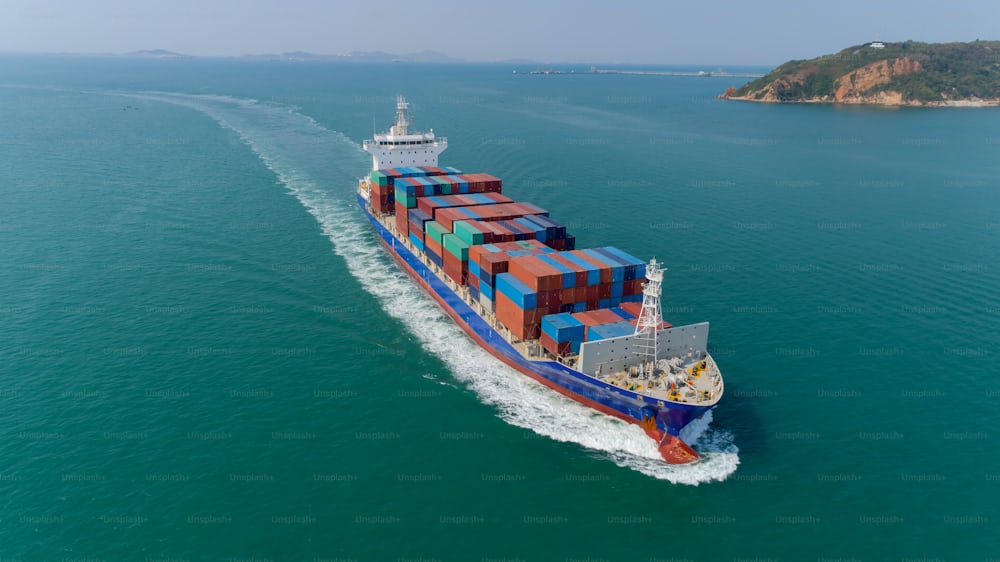Why Shipping Delays Are on the Rise
Shipping delays are becoming an all-too-common headache for businesses and consumers alike. Whether it’s waiting on crucial inventory, missing out on a key component, or dealing with upset customers who just want their package already, the frustration is real. But why are shipping delays so prevalent these days? The answer isn’t simple. A mix of global disruptions, logistical challenges, and evolving consumer expectations have all combined to create a perfect storm for shipping delays. Let’s explore the key factors driving these delays and what businesses can do to mitigate their impact.
The Ripple Effect of Global Supply Chain Disruptions
One of the biggest contributors to shipping delays is the ongoing disruption of global supply chains. The COVID-19 pandemic threw a wrench into the works, leading to factory shutdowns, labor shortages, and logistical bottlenecks that are still being felt today. Even as the world adjusts, the supply chain hasn’t fully recovered. Ports are overwhelmed with backlogs, container shortages persist, and manufacturing delays continue to ripple through the system.
Additionally, geopolitical tensions, such as trade wars and sanctions, have further complicated international shipping routes. When a key port or manufacturing hub faces delays, it sets off a domino effect that impacts businesses around the globe. For companies that rely on just-in-time inventory systems, even a minor delay can disrupt production schedules and lead to costly downtime. Unfortunately, these disruptions aren’t going away anytime soon, and businesses need to be agile and proactive in managing their supply chains.
Labor Shortages: A Missing Piece of the Puzzle
Another critical factor behind rising shipping delays is the widespread labor shortage, particularly in the logistics and transportation sectors. There simply aren’t enough truck drivers, warehouse workers, or port staff to keep up with the growing demand for goods. This labor gap has been exacerbated by the pandemic, with many workers leaving the industry or retiring early, leaving companies scrambling to fill positions.
The shortage of truck drivers, for example, has become a severe bottleneck in the supply chain. Even when goods arrive at a port on time, getting them from the port to their final destination is another story. Without enough drivers to move the freight, containers sit idle, leading to further delays. For businesses, this means longer lead times, increased shipping costs, and the challenge of keeping customers informed and satisfied.
The Rise of E-commerce and the Pressure for Speed
E-commerce has exploded in recent years, changing the dynamics of shipping and delivery. Consumers now expect faster and more flexible delivery options, putting immense pressure on logistics networks to meet these heightened demands. But with the surge in online orders, shipping companies are struggling to keep up. Warehouses are overwhelmed, delivery networks are stretched thin, and the volume of packages in transit is at an all-time high.
This increased demand often leads to delays, especially during peak shopping periods like the holiday season or major sales events. For businesses, these delays can lead to unhappy customers, negative reviews, and even chargeback requests from buyers who never received their orders on time. Chargeback reasons like “item not received” are becoming more common, adding another layer of financial strain on companies already grappling with operational challenges. To mitigate this, businesses need to set realistic delivery expectations and communicate proactively with customers about potential delays.
Weather Woes and Natural Disasters
While businesses can control many aspects of their operations, the weather isn’t one of them. Natural disasters, severe weather events, and even seasonal storms can bring shipping to a standstill. Hurricanes, floods, and wildfires can shut down ports, damage infrastructure, and disrupt delivery routes, leading to unexpected delays that can last for days or even weeks.
These weather-related disruptions are becoming more frequent and severe, likely due to climate change, which means businesses need to plan for the unexpected. Building some flexibility into shipping schedules and having contingency plans in place can help companies navigate these challenges when they arise. It’s about expecting the best but preparing for the worst.
Addressing Shipping Delays: Strategies for Businesses
So, what can businesses do to manage the impact of rising shipping delays? First, diversifying supply chains can help reduce dependence on any single route or supplier. Sourcing products from multiple regions or working with multiple logistics providers can provide a buffer against disruptions. Implementing advanced forecasting tools can also help anticipate delays and adjust logistics strategies accordingly.
Improving communication with customers is another key strategy. Clear, honest updates about potential delays can go a long way in maintaining trust and preventing frustration. Offering flexible delivery options, such as in-store pickup or alternative delivery dates, can also give customers more control over their orders.
In the end, shipping delays are a complex issue with no one-size-fits-all solution. However, by understanding the factors at play and taking proactive steps, businesses can navigate this challenging landscape more effectively. As the shipping industry continues to evolve, staying adaptable and prepared will be crucial for minimizing delays and keeping the wheels of commerce turning smoothly. So, how will your business respond to the rising tide of shipping delays? The answer could make all the difference.
Keep an eye for more news & updates on Aoomaal!







